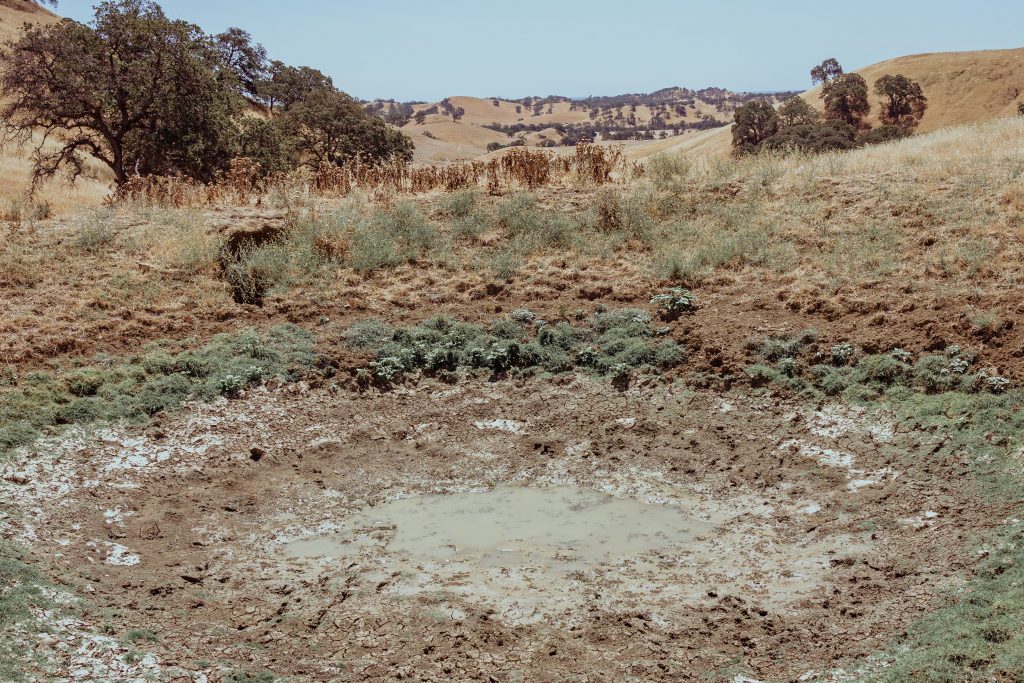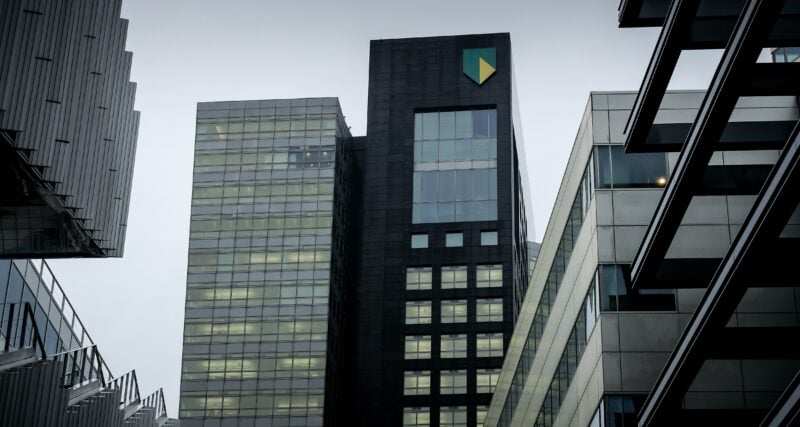- A global food crisis is unfolding, spurred by the Ukraine invasion and climate events.
- Food shortages have led to civil unrest in the past, with deadly consequences.
- Experts warn that even if you are well-fed, rising food costs in the country will impact you.
In India, the cost of lemons has skyrocketed. Jollof rice has become so expensive in Nigeria that people are skipping meals. In Mexico, avocado prices have jumped, making them a luxury few can afford. Orange groves in Florida are yielding the lowest amount of fruit in years. And in Japan, a shortage of salmon is hitting the sushi trade.
Zoom out and it's clear: A food crisis is unfolding around the world, with prices shooting up everywhere. And when that happens, everyone feels the pain. People can cut back on movies or even driving when the cost of tickets or gas surges, but everyone needs to eat.
The crisis — a long time in the making, but brought to a head by Russia's invasion of Ukraine — is already having profound effects. In Peru, protests against a jump in food and fuel costs turned deadly in April. Sri Lanka's government collapsed and its president was ousted in July, as people took to the streets to demonstrate against a scarcity of food, fuel, and medicine.
Unless urgent action is taken, experts warn that the crisis could have dire global consequences. In some countries, changes in the availability of food might alter age-old recipes and customs. Civil unrest could spread, fueling instability and even war in some of the world's poorest regions. A breakdown in food systems could drive huge waves of migration.

'A food crisis is a price crisis'
Global food prices have surged following the Russian invasion of Ukraine in late February. In the US, prices jumped 10% year-over-year as of May, the biggest increase since 1981, and rose to a record 8.9% in the eurozone. Globally, things are even worse: The UN's world food price index shot up 23% year-over-year as of June. Simply put, more and more people are struggling to afford food.
"A food crisis is a price crisis," Chris Barrett, an economist and food-policy expert at Cornell University, told Insider. He said its implications are widespread and touch every person's life, even if they don't immediately realize it.
"If you worry about domestic politics, if you worry about environmental matters, if you worry about immigration matters, if you worry about diplomacy in the military, you should be paying attention to the food crisis, because it is lurking in the background, pushing those things," Barrett said.
Warnings from global organizations are growing louder and more desperate. According to the UN World Food Programme, 50 million people around the world are on the brink of famine and risk being tipped over, with the WFP's director calling it a "looming hunger catastrophe."
'It really is a bunch of crises coming together'
Russian President Vladimir Putin's invasion of Ukraine pushed the global food system to a breaking point. Before the war, Russia and Ukraine together accounted for 30% of globally traded wheat, 20% of maize, and 70% of sunflower supplies, according to the WFP.
The war hasn't just laid waste to farms. Putin's troops have blockaded Ukraine's Black Sea coast, stopping vital agricultural products from leaving the country. Meanwhile, the conflict and the resulting Western sanctions on Russia have sent energy costs shooting up, with oil prices up more than 40% this year, which in turn drives up the cost of fertilizer.
"This issue could be easily prolonged into next year, because if you're a Ukrainian producer and your domestic price is, say, half of what it is on a global basis, your incentive or your ability to plant the next crop has been curtailed significantly due to poor margins, as you are still paying high prices for inputs," Wayne Gordon, a senior commodities strategist at UBS, told Insider.
Although the Ukraine war sparked the crisis, other factors have been bubbling for a long time. Climate change, the COVID-19 pandemic, and the rising number of conflicts around the world have piled pressure on the global food system in recent years.

Warning signs have been around since long before the Russian invasion — and can largely be chalked up to the climate crisis. In 2011, for example, the Black Sea region suffered a severe drought that caused a spike in the price of food, particularly wheat. Many analysts have said it contributed to the unrest that triggered the Arab Spring. Samuel Tilleray, a sovereign credit analyst at S&P Global Ratings, told Insider that "there are clear parallels" to that 2011 drought today.
Greenhouse-gas emissions have sparked unpredictable weather patterns, and a UN report from last year found that by the end of the century, as much as 30% of current farmland could become unsuitable to grow crops.
It's something the world is already seeing now. Severe drought has limited wheat production in major production states like Kansas, and cooking-oil prices have spiked globally, thanks to drought in South America that limited soybean production.
The pandemic didn't help matters much, either. Cornell's Barrett said governments across the globe were "trying to revive economies struggling under the weight of the pandemic," but supply-chain disruptions were running rampant, and oil and ocean-freight prices were spiking. As a result, he said, supply was not keeping pace with demand, and prices were continuing to rise.
"Things were already really strained, and now we are facing even greater strain," Annabel Symington, a spokesperson for the World Food Programme on the global food crisis, said. "It really is a bunch of crises coming together."
The crisis impacts you
Food is a key element of any community's culture. When that element becomes scarce — or is removed altogether — civil unrest can occur. In 2008, the international price of wheat doubled, along with milk and meat, leading major producers to ban exports to ensure domestic populations would continue to have supply.
In Morocco, 10 people died in 2008 protesting the food shortages, spurring a wave of strikes and protests. In Bangladesh the same year, 10,000 workers rioted by smashing cars and vandalizing factories out of anger at spiking food prices. Experts say there's no reason this time will be different.
"High-food-price periods are associated and causally associated with a higher incidence of violence, of political unrest and social unrest," Barrett said. "They're also causally associated with higher rates of forced migration. When people can't feed their families where they live, they leave in search of food. And some of those migrations are quite treacherous."
But there are remedies — short- and long-term — that governments can employ to keep people fed. Symington, of the World Food Programme, said governments should give all they can to help avert the growing risk of famine in the world's most vulnerable regions. Barrett said that automatic safety-net provisions should always be in place to ensure there are financial resources when anyone becomes food insecure.
Over the longer term, Symington said international organizations and political leaders should also encourage a shift toward more local food production, making people less reliant on global supply chains. Barrett suggested the World Trade Organization should price stabilize exports to prevent "crazy price gyrations."
But no matter what actions governments take, life is going to get more expensive for all of us, and a lot more difficult for billions. "Even if you are well-fed and all your loved ones and neighbors are well-fed, you are impacted by this," Barrett said.










